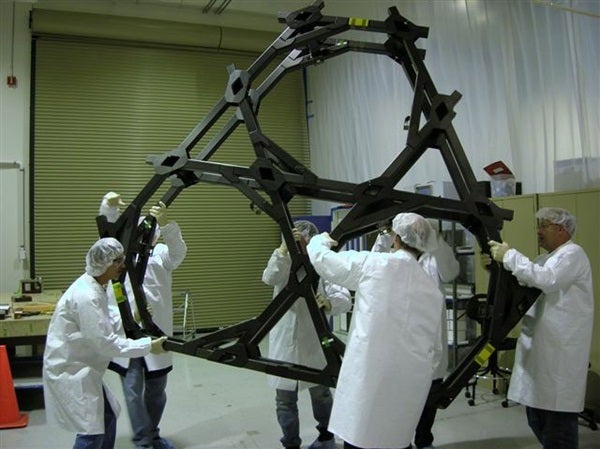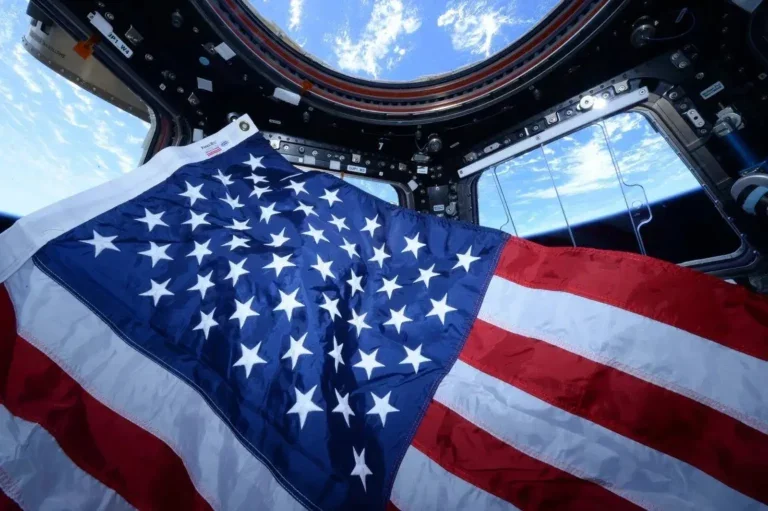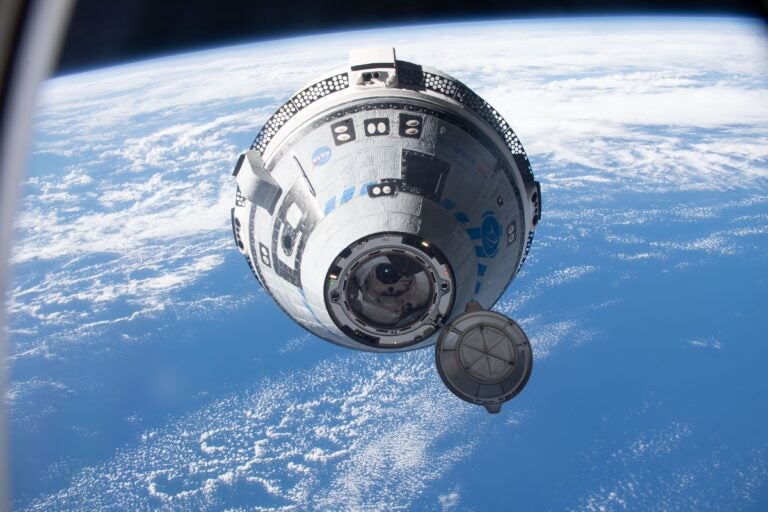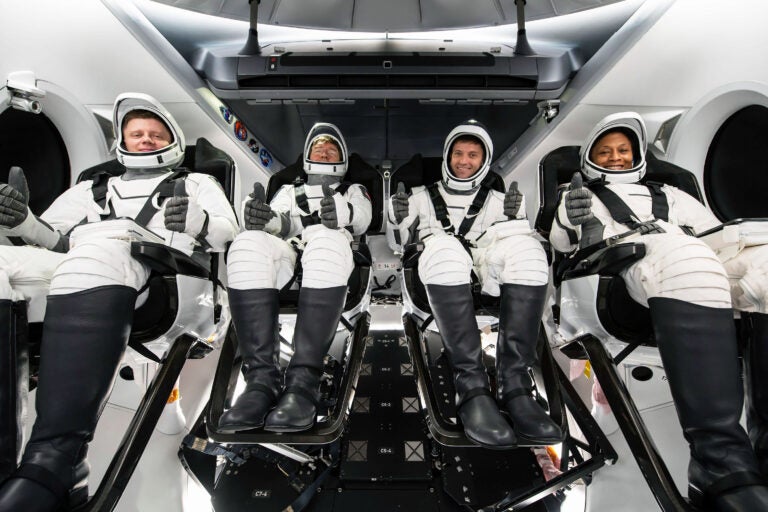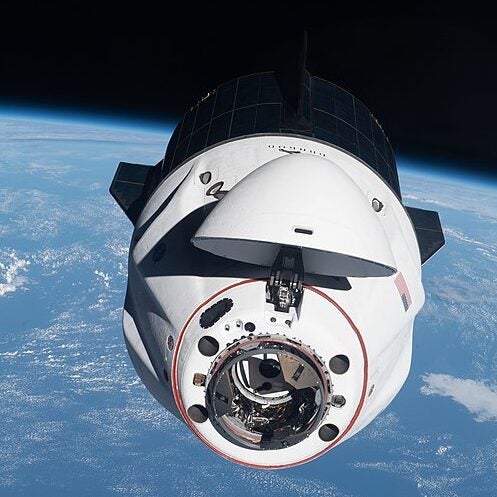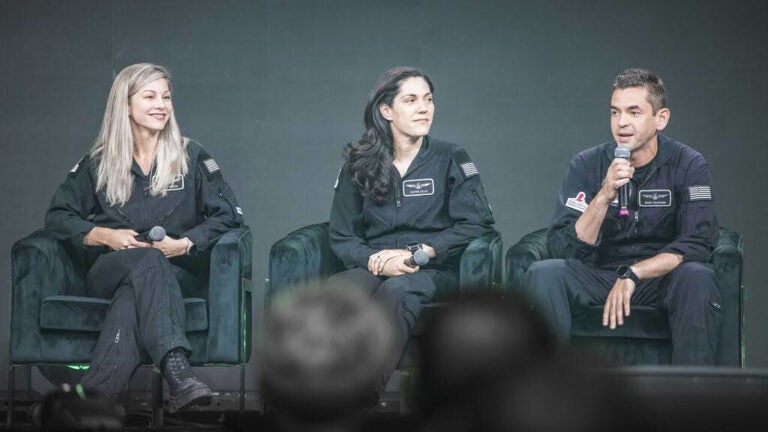Construction is underway for some of the pieces that will fly aboard the James Webb Space Telescope. One of the pieces, called the backplane, is like a “spine” to the telescope. Alliant Techsystems is assembling the backplane at its Magna, Utah, facility.
The Webb telescope stands as big as a two-story house, and the backplane is a core part of the design, as it will support the telescope’s 21-foot diameter (6.5 meter) primary mirror. Not only will the backplane carry a large mirror, but it will support a lot of weight. It will be carry 7,500 pounds (2,400 kilograms) of telescope optics and instruments during launch to the telescope’s operational position 990,000 miles (1,584,000 kilometers) from Earth.
“The Webb telescope’s ultimate ability to discover the first stars and galaxies is critically dependent on the mirror backplane performing to demanding standards,” said Eric Smith, Webb telescope program scientist at NASA headquarters, Washington.
Being the “spine” of the mirror requires it to essentially be motionless while the mirrors move to see far into deep space. Imagine holding the handle of a magnifying glass to see a tiny object. If your hand shakes a lot, it will be hard to focus on the object. So, just as you have to hold the magnifying glass handle steady, the Webb backplane has to hold the telescope mirrors steady to allow them to focus.
This structure is also designed to provide unprecedented thermal stability performance at temperatures colder than -400° Fahrenheit (-240° Celsius). That means it is engineered to move less than 32 nanometers, which is 1/10,000 the diameter of a human hair in the extreme cold of space.
This backplane represents an improvement in dimensional stability performance of 1,000 times, a threefold increase in size and operational capability at temperatures far colder than any prior space telescope.
The backplane is made with advanced graphite composite materials mated to titanium and invar fittings and interfaces. Invar is a nickel steel alloy notable for its uniquely low changes due to thermal expansion. It will be completed and delivered to Northrop Grumman in Redondo Beach, California, in late 2010 for integration into the Webb telescope.
The James Webb Space Telescope is expected to launch in 2013. By observing in infrared light, it will be able to see faint and very distant objects, explore distant galaxies, formation of star systems, and nearby planets and stars. Webb will be able to see “back in time” to the first light after the Big Bang. The information it will send back to Earth will give scientists clues about the formation of the universe and the evolution of our own solar system.

